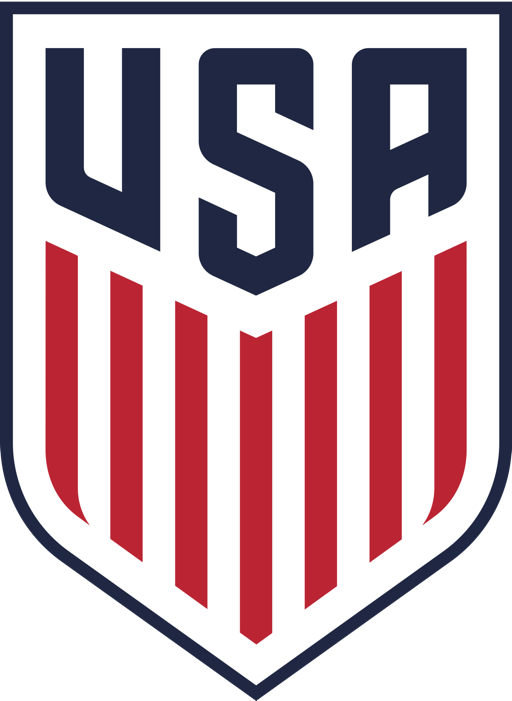It’s the first thing you learn how to do when you begin to play soccer, and you use it every single game and practice no matter what position you play.
It’s short passing, and it’s a crucial part of the game.
As you will learn, the inside of the foot is always the most accurate way to pass the ball. To get an idea of where to hit the ball with your foot, feel the ball of your foot which is just at the joint of the first toe. It’s the strongest part of the foot as well as the most accurate. Hitting the ball with your toe could spray the ball somewhere you don’t want it, not to mention injuring your toes. To hit the ball further back on your foot near the ankle would cause a loss of power and control; to say nothing of how it would interfere with you passing on the move.
The problem with short passes with the inside of your foot is you can’t generate much power, and it is also easy for an opponent to see where exactly you intend to pass the ball. There is even less accuracy and power with a pass with the outside of the foot.
Use the following skill just for short passes, but not for shots, corner kicks or goal kicks which use other parts of the foot.
How to:
Don’t approach the ball straight on when you are trying to pass the ball with the side of your foot. It will cause you to turn your leg at an awkward angle, and it will force to stop running if you are on the move. Even on penalty kicks, it’s rare for a player to run straight at the ball. Even field goal kickers in the NFL hit the ball from an angle.
You want to approach the ball at a 30 degree angle so that you have room to swing your kicking leg.
Place your non-kicking foot next to the side of the ball and make sure to keep your eye on the ball as you strike it. This will keep your head down and the ball on the ground
Lock your ankle, bring your kicking leg through and hit the center of the ball. If you hit under the ball, it’s going to chip up into the air. Hitting the top of the ball will cause a loss of power and direction.
Remember with short passing that you are trying to find a teammate who is usually no more than 20 feet away so you have to learn how to adjust the power of your pass. Learning to pass the ball to a teammate who is in motion is a crucial part of the game, and it takes lots of practice. Don’t forget there are always opponents who will be trying to intercept the ball too.
The easiest place for someone to trap the ball is at his/her feet which is a central part of this skill. Keep the ball low and measure the force you use to hit the ball. You don’t want to fire a ball off the shins of your teammate from close range nor make them come to the ball because you did not hit it hard enough.
Another reminder is that field conditions affect the speed of your pass. Is the field wet or dry? Is the grass cut short, or is it long? Generally speaking, longer grass will slow down a ball. Wet grass will also slow the ball down as the moisture weighs down the ball. A wet field can cause the ball to skip also if it is kicked slightly off the ground. Knowing your environment will help you become a better judge of how to pass over short distances.
Drills
There is nothing better to practice short passes with than a wall. Just kicking the ball from various distances will give you a good idea of the power needed to reach a teammate. Be ready for it – if you are close to the wall and hit the ball too hard, it’s going to come shooting back at you.
When you are with friends or teammates, try one-touch drills to improve your foot speed and reaction time. Position a teammate 5, 10 or 15 feet away and practice passing to each other without trapping the ball. Adjust your speed at first and then try to do this faster and faster. When you get good at this, try walking up the field passing like this and then running.
One of the most popular drills used by the US National Team is to play 8v8 in confined space. Set up a cones either around one half of the field or in a square. The goal is to string together as many passes between teammates. As soon as an opponent touches the ball or it goes outside the cones, the counting begins at zero again. Keep score and see which team can score highest. You can vary this drill by using fewer players on the opposing team such as 8v4, 6 v3 or even 4v1.
Here’s a tip on short passing from Coach Roberto Gianni, a USSF A and UEFA B license holder:
“The most important coaching tip for this particular technique of short passing is to make sure that your players understand the position of the foot in relation to the ball. HEEL DOWN and TOES UP! Both in passing and/or receiving the ball on the ground.”




